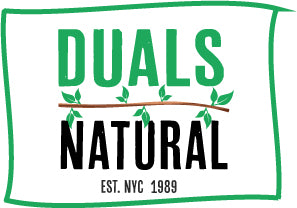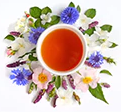

Description
Marshmallow is a perennial herb native throughout damp areas of northern Europe and western Asia. It was first mentioned as a healing herb in Homers Iliad, written over 2,800 years ago. Marshmallow is used for, demulcent, diuretic, emollient, and vulnerably. Best for sore throat and perianal inflammation (when taken orally) caused by severe diarrhea
Marshmallow grows on riverbanks, seashores, and marshes. Althaea officinalis, a mucilage-containing Malvaceae, has been eaten for millennia and utilized for its calming effects. U.S.-grown marshmallow leaf. Marshmallow leaves can be used in skin care, herbal syrups, and tea.
This herb dates back to ancient Egyptian, Arab, Greek, and Roman times. In traditional folk medicine, it was used to soothe and moisten mucous membranes of the respiratory, digestive, and urinary systems. This plant was the "root" of the original marshmallow confection.
Malvaceae contains marshmallow's mucilage. It's a 2-5-foot-tall herbaceous perennial with soft, velvety, irregularly serrated leaves. Its blooms form clusters at leaf axils or panicles and are smaller than other Malva flowers. Marshmallow is a plant that thrives in salt marshes, beside the sea, along riverbanks, and other wet locations. The name Althaea was taken from the Greek word 'altheo' meaning to heal or cure, implying its beneficial effects. Malva's name comes from the Latin'mollis' or the Greek'malake' meaning soft, perhaps due to its softening and helpful characteristics.
A. rosea (garden variety hollyhock) is identical to marshmallow and can be used interchangeably, however its roots are commercially adulterated. Other Malva species also contain mucilage and are helpful. Native to northern Africa, western and central Asia, the Caucasus, China, and much of Europe from Denmark and the UK to the Mediterranean. It's naturalized in'marshy' parts of the U.S., Europe, and Australia.
This medieval herb is now commercially farmed in Germany, Hungary, Croatia, Italy, France, and Bulgaria. The root's mucilage content is maximum in fall and winter, therefore harvest then. In Germany and other European countries, wild marshmallow is threatened. Wildcrafted plant imports and exports are restricted due to scarcity.
Most mallows are edible. Romans loved mallow. Italian botanist Prosper Alpinus said that Egyptians ate mallow. In times of hunger or crop failure, Arabic-speaking Middle Eastern and Asian countries boiled and fried marshmallow with onions and butter. From Greece to Arabia and India, the herb was used in Ayurvedic and Unani medicine. In Ayurveda, the root was used to diminish vata and raise kapha. It was chilly, sweet, and moistening.
"Althea's specific excellence is calming inflamed tissues," says naturopath John Lust (nephew of naturopathic pioneer Benedict Lust). He also recommends leaf-and-flower tea as a gargle and root infusion to calm the throat. Roots contain more mucilage than leaves, so each is used differently. The leaves are diuretic and expectorant, relieving lung and urinary tract dryness. Herbalists disagree on how to use the root and plant. According to Michael Moore, A. rosea leaves make a good poultice and the root stimulates the urethra. David Hoffman recommends using the root for digestion and topical applications and the leaf for lungs and urinary health. Marshmallow induces a "vital reflex" that moistens mucous membranes, say herbalists Paul Bergner and Simon Mills.
We can consume the whole marshmallow like the ancients. Salad ingredients include seeds, leaves, and flowers. The leaves can be steamed like kale or collards, while the root can be boiled and fried.
According to legend, ancient Egyptians made marshmallow-and-honey treats. Gods and royalty ate these delicacies. The first candy like our modern version was manufactured in France in 1850. Marshmallow root was boiled with corn syrup, egg whites, and water by hand until 1900. By 1955, 35 US firms were making the white, fluffy s'mores topping.
NOTICE: DO NOT USE THIS PRODUCT IF PREGNANT OR NURSING.
**These statements have not been evaluated by the Food and Drug Administration. These products are not intended to diagnose, treat, cure, or prevent any diseases.
| Ingredients: | Marshmallow |
| Origin: | USA |
| Shelf Life: | 2 Years. |
| Product Style: | Cut & Sifted |
| Handling / Storage: | Store in a airtight Food Storage Containers, cool, dry place. |
| Allergen Information: | None Specified. |
Related Products
Best Sellers
-
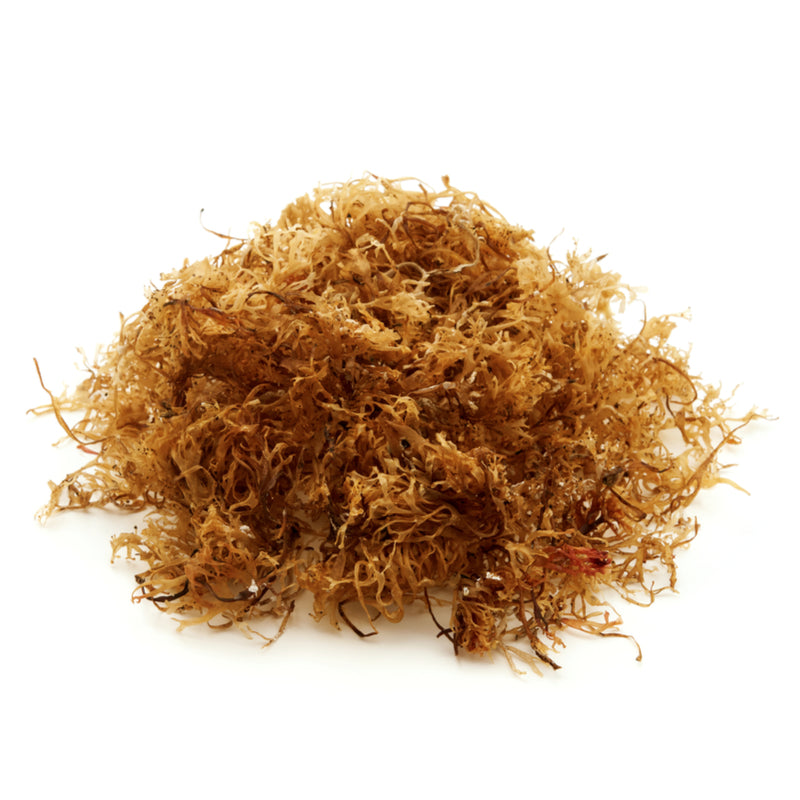 from $9.99
from $9.99Profile: Thyroid | Digestive | Sexual | Appetite Suppressant - Iodine is one of the many minerals found abundantly in sea moss. By consuming sea mo...
View full details -
 $24.99
$24.99Profile: Thyroid | Digestive | Sexual | Appetite Suppressant - Iodine is one of the many minerals found abundantly in sea moss. By consuming sea m...
View full details -
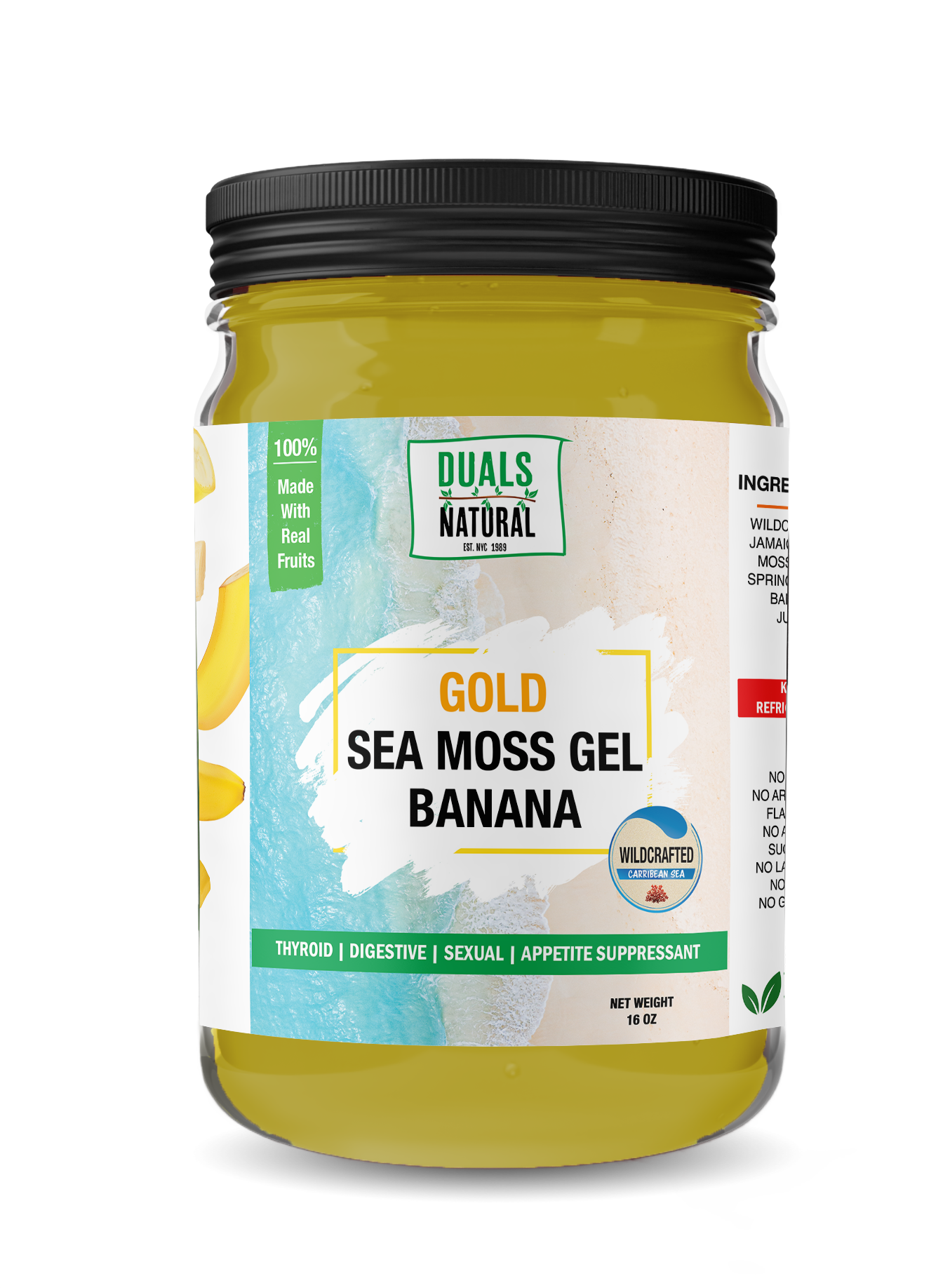
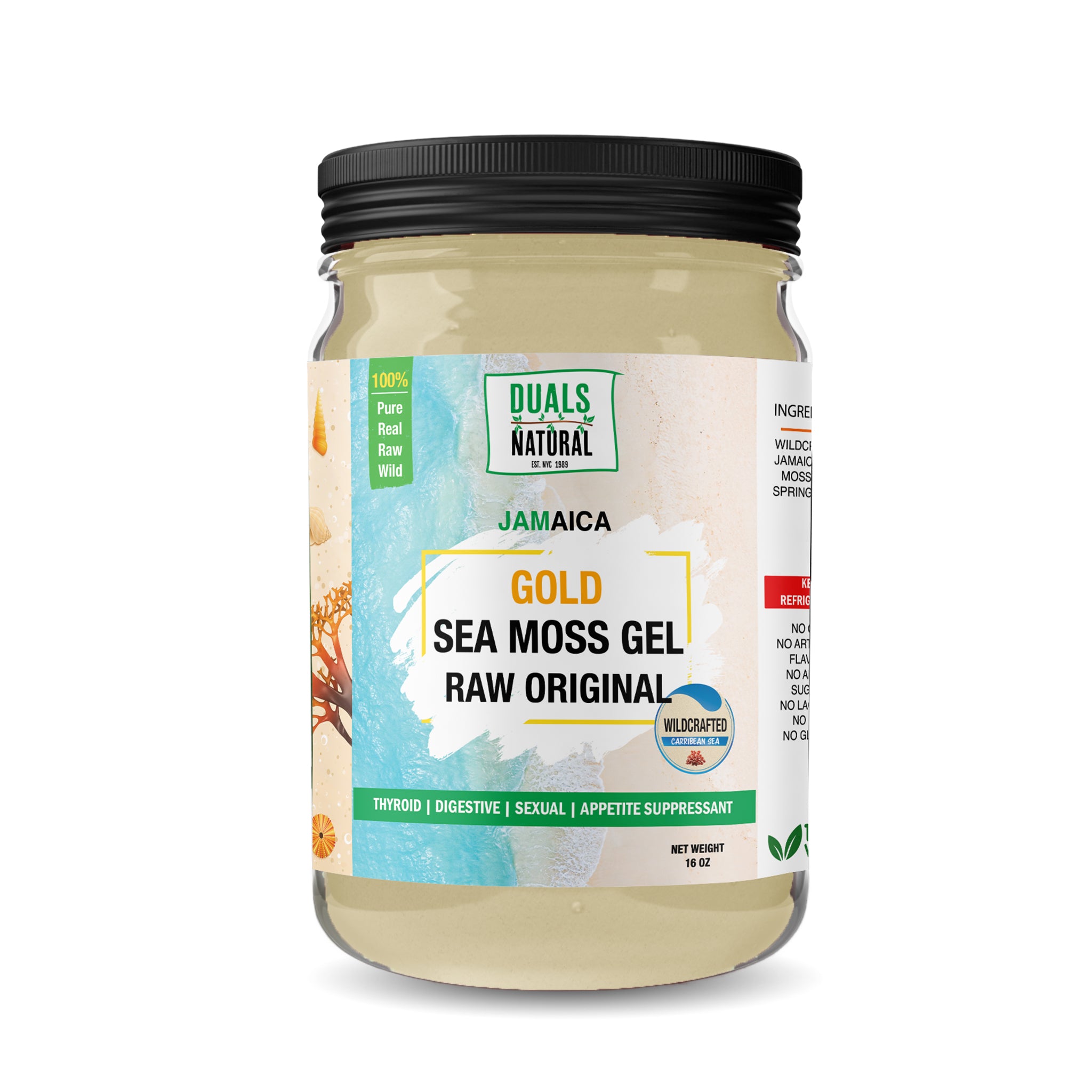 $30.00
$30.00100% Pure Raw Wildcrafted Sea Moss PER 50 GRAMS OF SEA MOSS Iodine 360 μg - Which is 240% of your Recommended Daily Intake Iron 4.45 mg - Whi...
View full details -
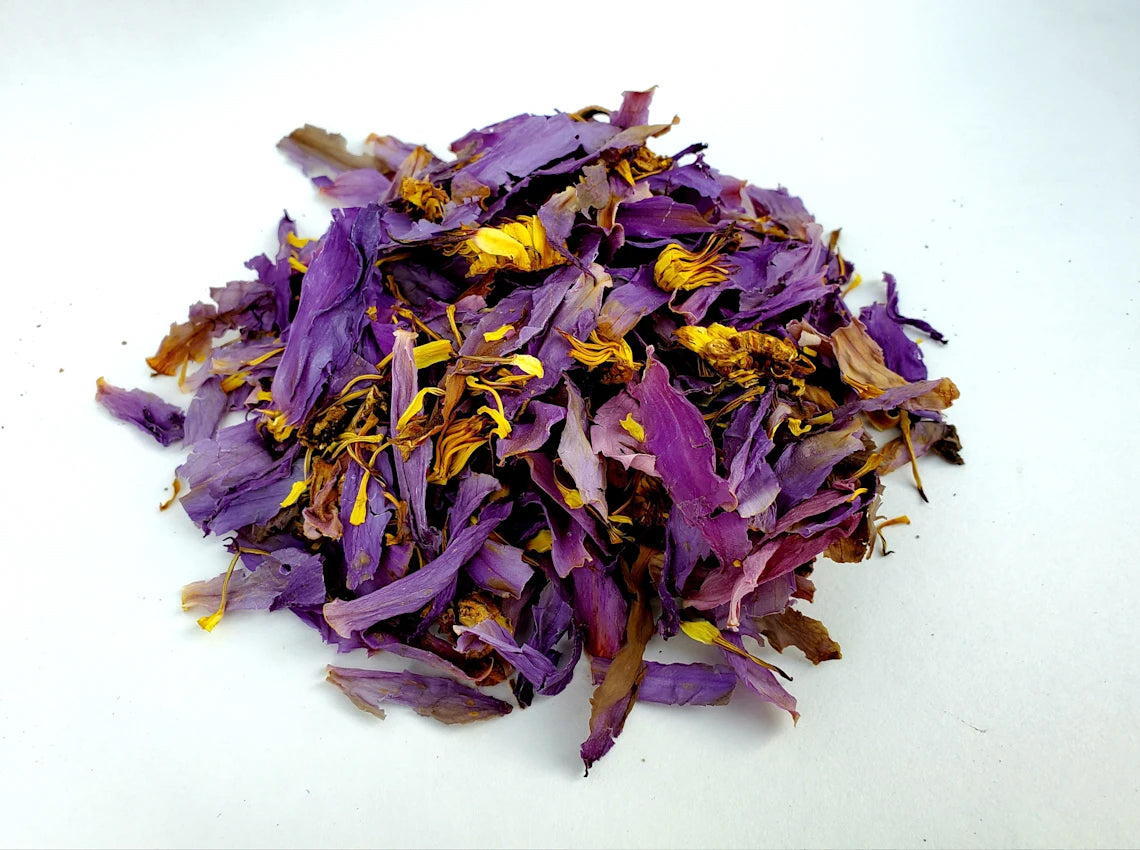 $9.99
$9.99Blue Lotus flower, also known as Egyptian Lotus or Sacred Lily of the Nile, has it's roots in ancient Egypt (and often linked to Cleopatra); where...
View full details -
 from $4.50
from $4.50Profile: Garam masala spice blend is associated with cutesy supernaturalism in pop music or TV shows. It may be dated, yet you adore it for some re...
View full details -
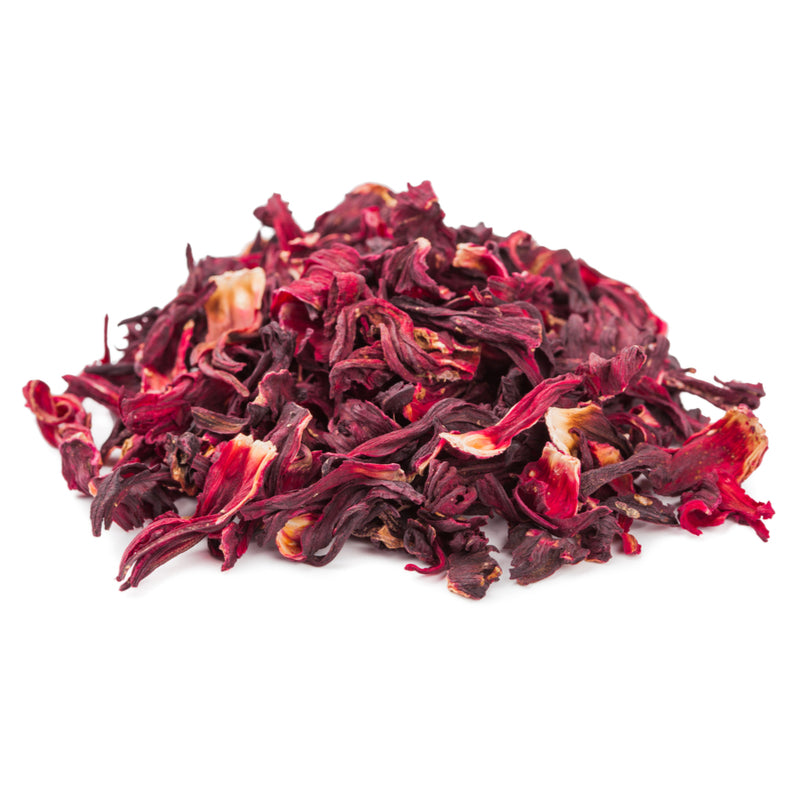 from $3.95
from $3.95Profile: Hibiscus sabdariffa has crimson, mallow-family flowers. Tropical hibiscus blooms are used to make hibiscus tea. The tart drink is refreshi...
View full details -
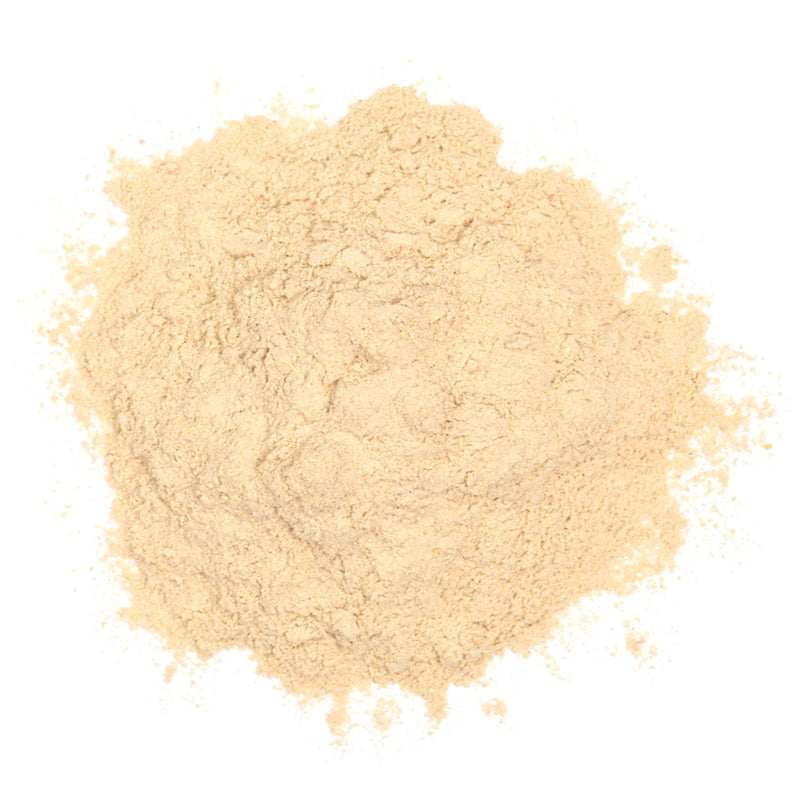
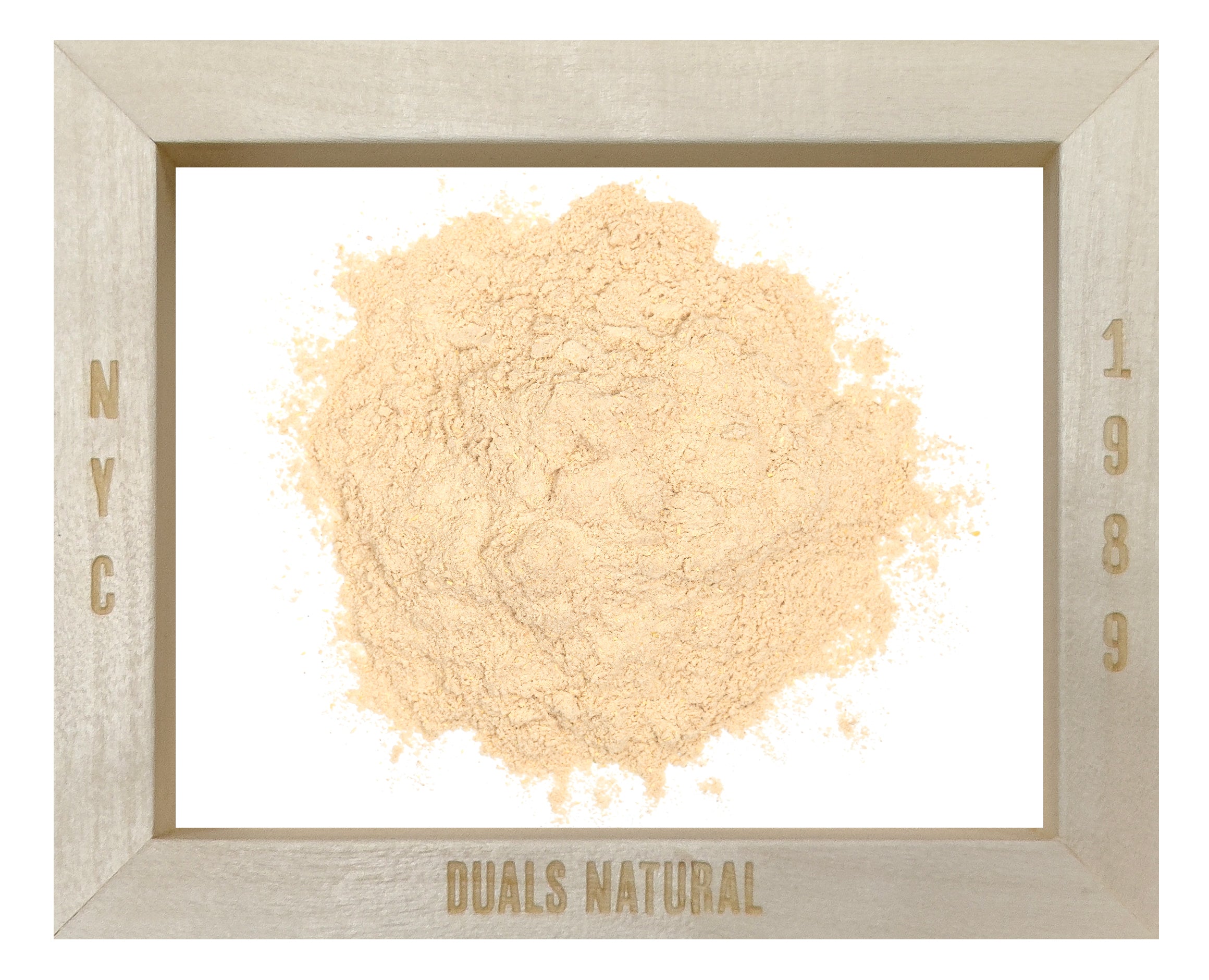 from $5.95
from $5.95Profile: * Increases vigor and energy * Stress-relieving adaptogen in general* Aids in the relaxation of the mind and the promotion of pleasant sle...
View full details -
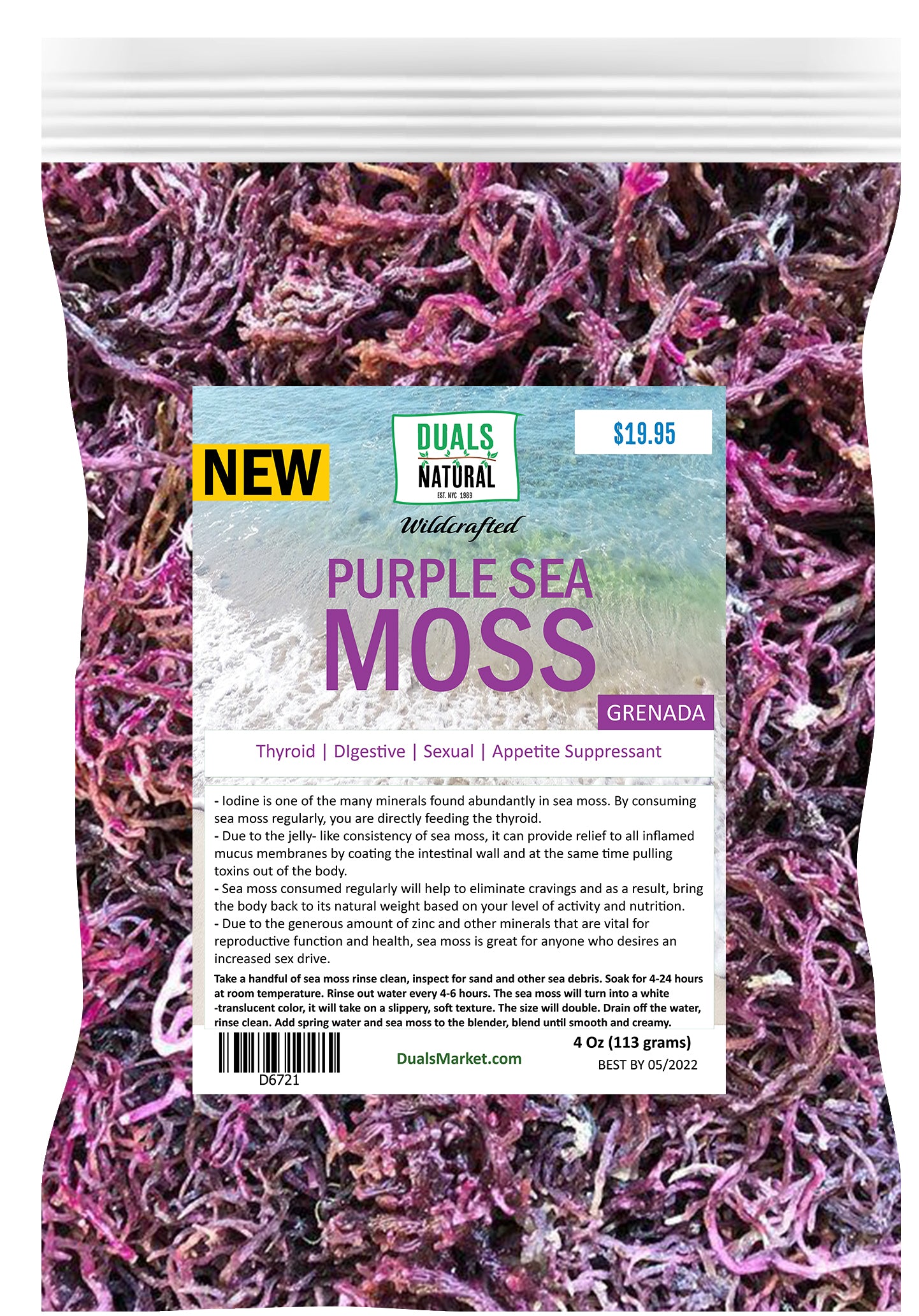
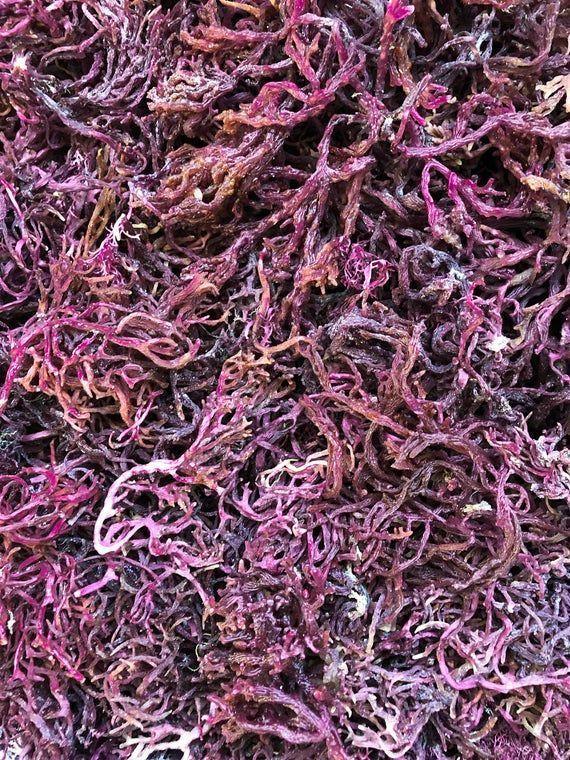 from $19.95
from $19.95Profile: Thyroid | Digestive | Sexual | Appetite Suppressant - Iodine is one of the many minerals found abundantly in sea moss. By consuming sea mo...
View full details
